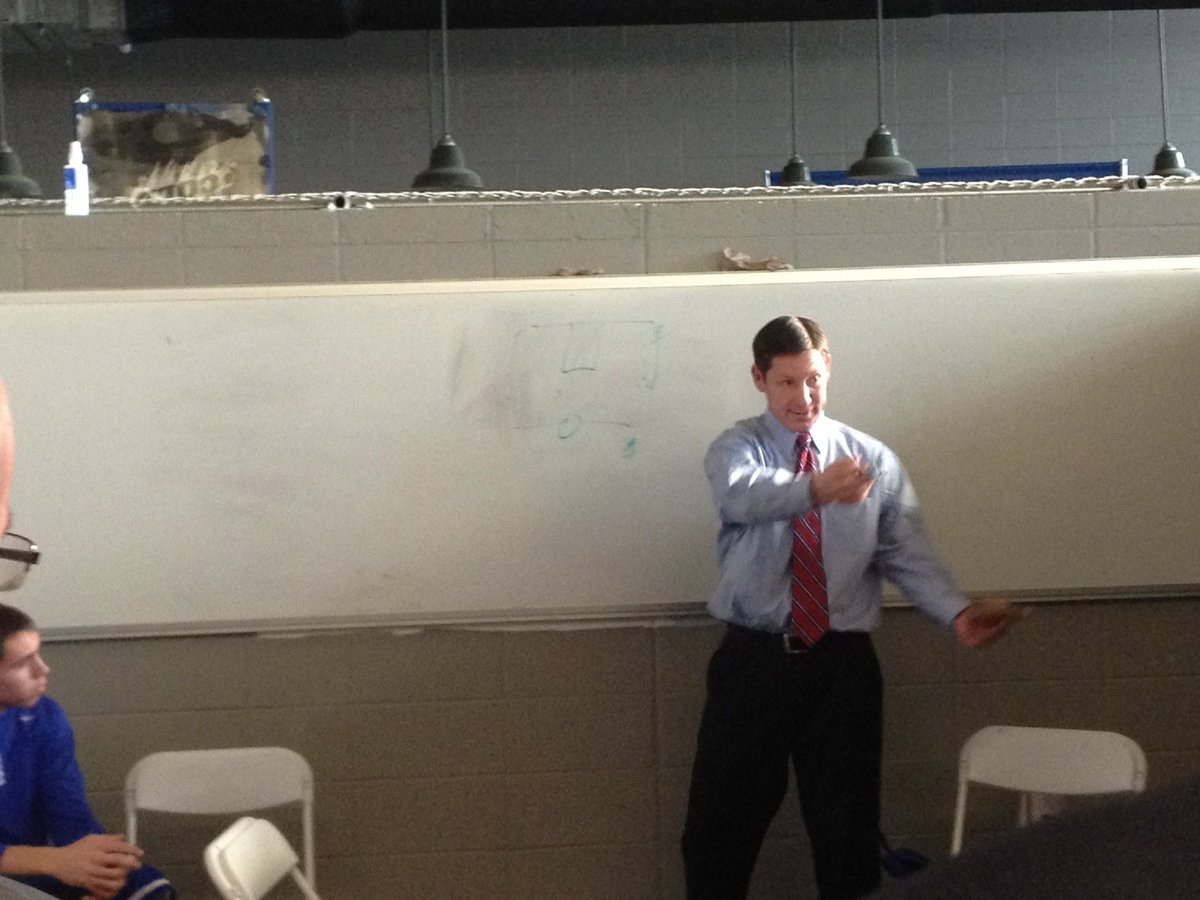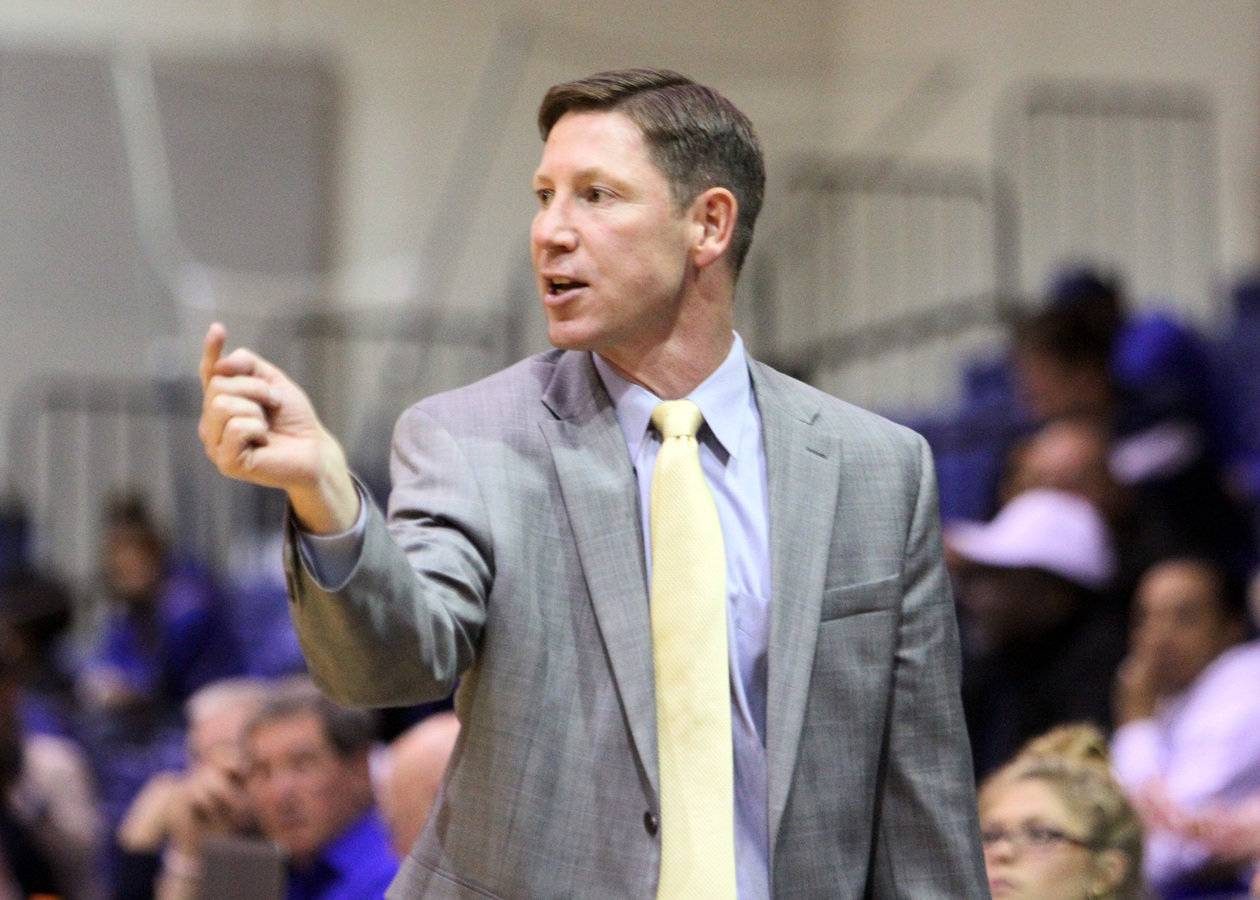How student-athletes learn plays
&
What
that means for college writing instruction
Dr. J. Michael Rifenburg
University of North Georgia
@jmrifenburg
my wonder and my belief
We draw our research questions from our wonders
We draw our research designs from our beliefs
What I wonder
Our student-athletes engage with the rapid, public, embodied flow of text for their sport
I wonder: what does that look like?
What i believe
Our students write. A lot.
Our students come to the scene of academic writing with
experiences
knowledge
processes
beliefs
about writing
I believe: we should connect what we know & they know to make knowledge together
My study
A decade long journey across Auburn, Oklahoma, and the University of North Georgia
Following my wonder in student-athlete writing practices
&
Following my belief that student writers work with college instructors in writing heavy course to co-construct
meaning and knowledge and community
End result


Our focus
Section I: Knowing our student-athletes
&
Section II: Teaching our student-athletes

My wonder
How does Faulkner teach these plays?
How do his players learn plays?
&
What does this teaching / learning mean for instructors who teach writing-intensive courses?
P
UNG Men's Basketball team
Players learn through
spatial orientation
scaffolded situations
haptic communication
haptic communication
ancient Greek
ἁπτικός able to come into
contact with, of or relating to the sense of touch
ἅπτειν to fasten
touch / feel / coordinating you & me / feel over sight
an action
haptic communication, cont'd
T. J. Williams
"I
feel like that happens sometimes because like when [another player] moves, you
know that the spot that they just moved from is where you are supposed to be or
in the general area.
Like if someone is near me I will be like ‘Oh, crap, I
gotta set a screen for them.’ I feel like that happens sometimes. Because the
speed of the game sometimes you might call something and be like ‘uh’ and
taking a minute and then you go right into it.”
The embodied playbook
"The most athletic guys learn by doing. They don't learn by looking at it on a playbook or looking at it drawn up on a whiteboard" head coach Chris Faulkner
"[Running a play] is more muscle-memory-it. You hear the play , and it triggers something in you and you go" senior guard Travis Core
and if it goes wrong
not flowing with the team
&
not flowing in a writing class
a story of Kris
so what?
more than kinesthetic learning, more than reading content on sports in a writing class
understanding how knowledge is collaboratively constructed and writers need writers
In class
aligning our writing with others
internalizing rhetorical moves and "you go"
Three ideas
A drill
A roster
A lineup
A drill
Moving out of the class. Arranging students.
Student A
Student B
Students C, D, E, F, G
Student A and a ball getting to Student B without running with ball.
Students C, D, E, F, G represent rhetorical concepts or sources
A roster
Individual or collective student activity
List
Student
Reading 1
Reading 2
Reading 3
Rhetorical concept 1
Rhetorical concept 2
Notate: what does each bring, do, strength, weakness
Lineup
Post-It Notes
Apps like Evernote, Trello, Google Keep
Arranging material
How the parts strengthen the whole in progression
What's missing
The NCAA
Athletics departments
NCAA Sports and Sponsorship Demographics Report
Beginning College Survey of Student Engagement
National Federation of State High School Associations
National Intramural-Recreation Association
Theory
Race
Power dynamics
Economics
But
I wonder what our students bring to us
And I believe that we work with students to
write
&
read
&
learn











